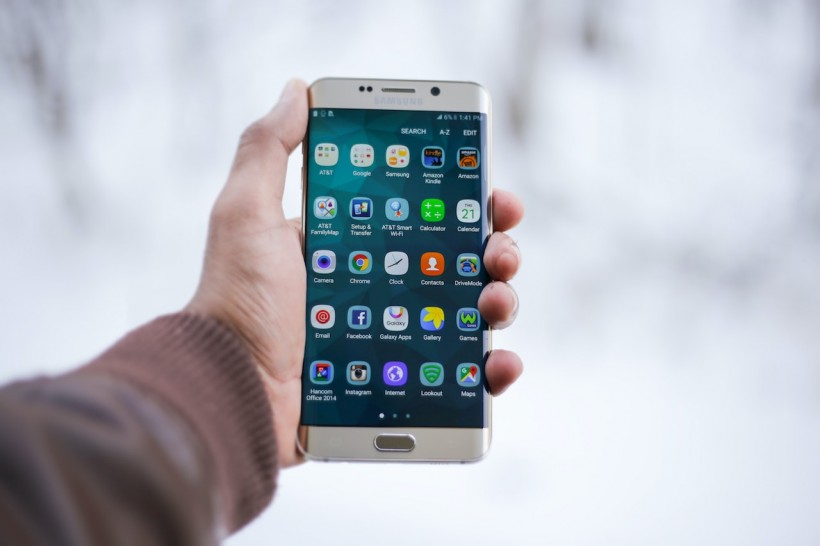With extensive research, scientists find out that passive tracking via smartphone of one's walking can help screen mortality rate at a national level. This, thus, means that data generated from passive walking monitoring can be used to create population-level bases of mortality and health risks, according to SciTechDaily.
Walking Activity Tracked by Smartphones Can be Used for Population-Level Analysis
A team led by Bruce Schatz discovered this. Their research was recently documented in the PLOS Digital Health.
According to their study, smartphone sensors can accurately gauge one's risk of mortality at a 5-year level.

SciTechDaily notes that previous research efforts have been exerted to gauge mortality risk. However, these were usually done using physical fitness exams and self-reports of walking speed. Such measures shed light on quality over quantity. Across various clinical settings, for one, checking the gait speed of an individual has become an accustomed practice.
Now, with the rise of passive tracking via smartphones, analyzing data from these smart metrics in a population-level setup is possible.
Passively Gathered Walking Data Can Be Used to Gauge Risk for Mortality
The research team looked into 100,000 participants from the UK Biobank national cohort in their study. All of these subjects wore sensor-loaded motors over the course of a week. Even if wrist sensors are worn differently from smartphones, the sensors of both may still be used to get data on the intensity of walks during periodic bursts. This makes it an everyday version of a typical walking test.
Based on 6 minutes of consistent walking each day that was noted by the sensor, the researchers successfully validated prognostic models of gauging risks for mortality. They used these data alongside typical demographic information.
Through the use of this information, the team successfully calculated the equivalent value for the subject's gait speed. Such a figure could be a significant predictor for mortality on the 5-year scale, regardless of sex and age. It had a reported precision of 70%, as noted by SciTechDaily.
According to Study Finds, the authors noted that the most deciding outcome is mortality. The researchers also mentioned how these scalable methodologies could become a feasible way to perform health risk screening on a national and population level.
The researchers think that the healthcare sector and infrastructure can largely benefit from the widespread availability of smartphones. Population-level scope of data may help point out our health risks without being invasive.
Schatz notes that there are possible solutions that digital health can offer if such sensory devices with great accuracy reach the hands of many.
He also mentions how he has been using cheap mobile phones to analyze one's health status for clinical purposes. Now, these devices can gauge life expectancy at the scope of a population.
RELATED ARTICLE: Why Homeless Mortality Rate in America Doubled During Pandemic
Check out more news and information on Medicine and Health in Science Times.














